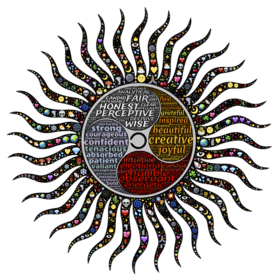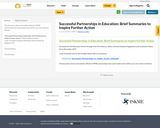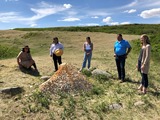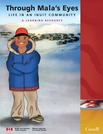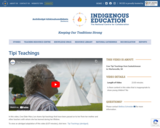
This booklet is written by Spirit Bear as a youth-friendly guide to the Truth and Reconciliation Commission of Canada (TRC) 94 Calls to Action.
In 2008, a group called the Truth and Reconciliation Commission (TRC) was made. Their job was to listen to stories about residential schools and then write the stories down so we can learn from our mistakes. In 2015, the Truth and Reconciliation Commission announced their 94 Calls to Action. These are 94 activities all governments, courts, businesses, schools, and people living in Canada can do to help fix the mistakes of the past and present so that all children – including First Nations, Métis, and Inuit children – can grow up happy, healthy, safe, and proud of who they are.
- Subject:
- Indigenous Perspectives
- Native Studies
- Truth and Reconciliation
- Material Type:
- Reading
- Author:
- First Nations Child & Family Caring Society of Canada
- Spirit Bear
- Date Added:
- 09/18/2021
